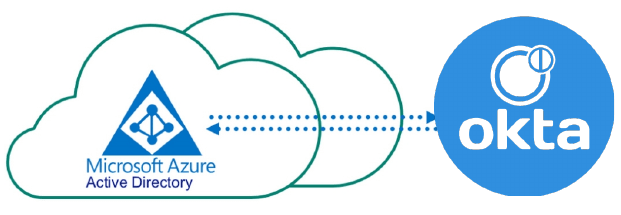
 Leading identity and access management (IAM) solutions offer robust features to control just about every aspect of Identity Management, but the days where one IAM platform works for all situations are ending. The modern application and identity landscape is pushing the boundaries beyond any one provider. Everyone wants to be your one and only IDP. This situation increases cost, threat, and operational complexity. For example it is not uncommon to have a leading IDPs like Okta and Azure AD operating within the same enterprise. Here is a direct quote from one enterprise trying to solve this problem.
Leading identity and access management (IAM) solutions offer robust features to control just about every aspect of Identity Management, but the days where one IAM platform works for all situations are ending. The modern application and identity landscape is pushing the boundaries beyond any one provider. Everyone wants to be your one and only IDP. This situation increases cost, threat, and operational complexity. For example it is not uncommon to have a leading IDPs like Okta and Azure AD operating within the same enterprise. Here is a direct quote from one enterprise trying to solve this problem.
“I’m familiar with ADFS and Azure AD. I’m trying to figure out what I need to do use my Okta directory to be used as the identity provider and register Azure AD as a relying party.”
The IDP provider answer comes down to experimental integrations, and expensive custom professional services engagements. While Azure AD and Okta are both fantastic solutions, at the end of the day they are competing to be your IDP. As a result, to gain the best attributes of both providers you need to pay a heavy cost. As other popular cloud services like Salesforce or Jira take on IAM services the complexity and cost to unify IDPs is increasing rapidly. What if you need to make 3 or 5 IDPs work together? Who controls what? How can cost, complexity and risk be contained?
The answer is a simple plug and play IDP agnostic cloud platform that allows you to orchestrate secure access across any provider without sharing sensitive data. The IdRamp decentralized identity platform does exactly that. IdRamp employs a decentralized identity fabric that allows you to decide who controls what across any number of IDPs. As your IAM landscape evolves IdRamp will inter-operate with any new directories or step up factors. This allows you to increase security, unify operations, and reduce cost. Contact IdRamp to learn more about how we can help unify your Okta and Azure AD investments.
